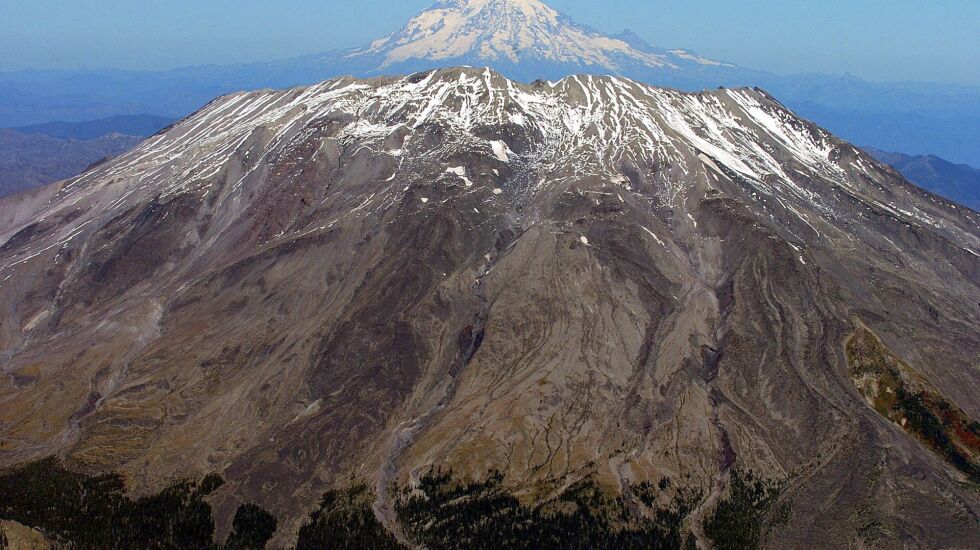
We went west for vacation this year, to Washington State. COVID-19 robbed us of travel for so long that it was possible to lose the sense of gratitude for this vast, gorgeous country.
People from the East Coast assume you’re speaking of Puerto Rico when you mention the San Juan Islands, but those from the Pacific Northwest know them as perfect vacation spots. In addition to sunny, dry days and crisp, cool nights, the islands boast celebrities that attract the starstruck. I speak of the pods of orcas that pass through the channel between the United States and Canada.
Tour organizers advise that you mustn’t assume when you sign up for kayaking that you will see orcas — the chances are less than 1% on any particular trip — but we hit the jackpot. Spouting and breaching, they passed within a few hundred yards of us. The delight on the ocean that day was electric — whoops erupted from boaters and kayakers and lucky observers onshore.
Just a whole lot of love for our fellow creatures who are among the most social of animals; only elephants and higher primates have more complex social systems.
Speaking of higher primates, people in Washington (as in San Antonio, Texas, Louisville and other places we’ve recently visited) are incredibly friendly. It’s hard to imagine that we are a nation at one another’s throats when everyone you see on the street or in the markets or restaurants or on planes is smiling and polite. Meaning no offense to my home town, which has other virtues, I was struck by how outgoing and helpful people in the “other” Washington seemed to be as a routine matter.
On the drive to Seattle, I caught a glimpse of something on the horizon that was so imposing that I figured I must have imagined things. Must have been a cloud formation. But no, as we continued, it came into clear view in all its magnificence — Mount Rainier. Rising 14,411 feet from the base, the massive mountain towers over the Seattle/Tacoma region (the original Salishan name for the mountain was Tacoma). Since my only association with the name Mount Rainier was cherries, I asked my brother, who knows these things: “Is it an active volcano?” Is it ever.
It seems that Mount Rainier is considered one of the most dangerous volcanoes on Earth. It is one of 16 volcanoes around the world designated as potentially catastrophic, for several reasons. First, it’s so close to a large population. Second, it is covered in 25 glaciers and a year-round snowcap, so an eruption would mean not just lava, gas and ash but a massive melt that would send lahars (slurries of rock, boulders, mud and debris) more than 400 feet deep into the populations in the surrounding valleys. Third, it has shown recent geological activity.
Mount Rainier has been quiet for more than 100 years, but that’s nothing in geological time. The U.S. Geological Survey has set up lahar early warning sirens in the region, but it’s possible that the volcano could erupt without warning. And even with warning, the destruction would be almost unimaginable. Just check out the 1980 eruption of nearby Mount St. Helens for a sense of the possible magnitude.
Aside from prompting reflections on the precariousness of human existence, learning about the danger posed by beautiful Mount Rainier caused me to think about national solidarity. Doubtless you’ve seen the polls showing that a rising number of Americans are thinking about secession — about tearing this country apart.
But think about that mountain and its looming threat. Clearly, a massive eruption or earthquake or tsunami anywhere on the globe would be a tragedy. And yet, because this danger is in Washington State, I would feel it more acutely than if it struck Colombia or Japan or Guatemala (among other nations with worrying volcanoes).
I’m not related to anyone in the Seattle/Tacoma area. I don’t even know anyone in the area. I live further from Mount Rainier than I do from Managua, Nicaragua. But it’s still my country. They are my people. Yes, even if some of them think Drag Queen Story Hour is a great way to spend a Saturday afternoon. Yes, even if some of them think that Donald Trump should be president again. There is a kinship there. They are my countrymen, and I care about them more than I do people in other lands. It’s parochial, yes, but that’s the way human beings are made. We care about our families more than our friends, and our friends more than our neighbors, and our neighbors more than strangers. And we feel solidarity with others in our nation.
Let’s try to remember that fellow-feeling is built up over decades and centuries. It can span continents. It’s remarkable really — a gift — and ought not be squandered.
Mona Charen is policy editor of The Bulwark and host of the “Beg to Differ” podcast.
The Sun-Times welcomes letters to the editor and op-eds. See our guidelines.







